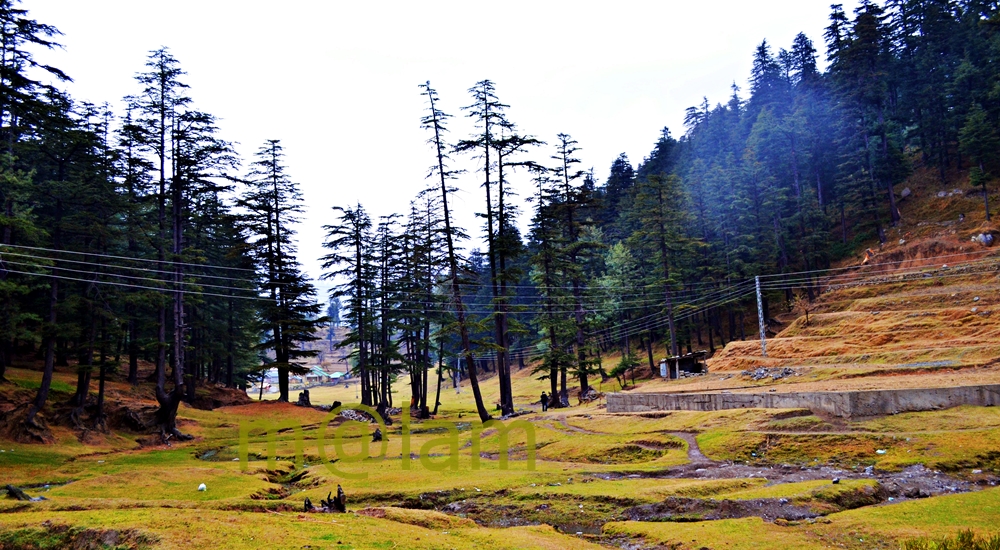Enchanting Red Fort in Muzaffarabad
The Red Fort, also known as Laal Qilla or Rutta Qila, is a historic 17th-century fortification located in Muzaffarabad, Azad Jammu & Kashmir, Pakistan. This strategically positioned fort stands tall on a massive rock. It served as a defensive post and a ground for counter-offensive operations.
The fort stands as a testament to Pakistan’s rich history and architectural heritage. Despite the challenges it has faced over the centuries, the fort continues to inspire awe and curiosity among visitors from all over the world. With its strategic positioning, breathtaking views, and fascinating history, the Red Fort remains an enchanting destination for history enthusiasts and travelers alike.
A Historic Jewel Surrounded by Nature
The Red Fort is situated near Muzaffarabad’s city center, and reaching it takes only a 20-minute drive. For travelers coming from the capital city, Islamabad, it is a journey of approximately 4 hours. Additionally, one can opt to drive from Mansehra and Abbottabad via Gari Habibullah, which takes approximately 3 hours.
A Strategic Positioning
The fort is uniquely positioned, surrounded by the Neelum River, also known as the Kishenganga River, which gracefully flows along its eastern, northern, and western sides, forming a protective U-shaped curve. The northern part of the Red Fort offers access to the riverbank through terraces with steps, while the eastern part is well protected from the risks of flood damage.
A Glimpse into the Past
The construction of the Red Fort was initiated in 1559 by the Chak dynasty of Kashmir to ward off the Mughal expansion. However, the Mughals eventually gained control of Kashmir in 1587, diminishing the fort’s significance, as their focus lay on Kabul, Bukhara, and Badakhshan rather than Kashmir. Nevertheless, the fort regained its glory during the rule of the Durranis. In 1646, Sultan Muzaffar Khan of the Bomba Dynasty, the founder of Muzaffarabad, completed the construction. The name of the city Muzaffarbad was named after him.
Restoration and Renewal
Under Sikh rule, Maharaja Gulab Singh took the initiative to renovate the fort in 1846. However, his successor Maharaja Ranbir Singh successfully accomplished the restoration. The fort’s military usage persisted until its abandonment in 1926.
Architectural Marvel and Resilience
The construction of the Red Fort showcases remarkable architectural dexterity. The stones and red brick masonry with rubble, clay, and lime, reflect the skilled craftsmanship of the era. Despite facing the devastating earthquake of 2005, the fort stood with its glorious past intact. The fort will hopefully be preserved and this heritage will remain for generations to come.
Current State and Accessibility
Today, the Red Fort is accessible to visitors, including both Pakistani nationals and foreigners. The raised podium at the top of the fort offers mesmerizing views of the surrounding landscapes. However, the passage of time has taken its toll on the fort, turning it into ruins. Visitors can witness retaining walls and damaged rooms, now serving as a shelter for animals, painting a poignant picture of its former grandeur.










